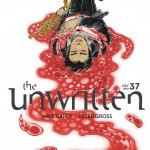 Let me let you in on a dirty little secret of mine: when I was a child, I had no imaginary friends.
Let me let you in on a dirty little secret of mine: when I was a child, I had no imaginary friends.
“Yes, and?” I hear you saying. Also hearing things like “Big deal.” Ok, stay with me.
As a child myself, I would see the idea of imaginary friends all the time in movies or tv shows for kids. Some darling little urchin would get so involved in a world of their own building that they’d be swept away into The Land Of Make Believe, some magical place set up by their own brain that felt so real as to be so. Calvin had his Hobbes. Big Bird had Mr. Snuffleupagus (until the Stranger Danger hysteria, anyway). The kids in The Lion, The Witch, And The Wardrobe cartoon had their group hallucination…whatever that was. But me? No matter how hard I tried to make it so, every time I opened up my closet hoping to find a mystic realm, all I found was a pile of laundry. Oh, and some dry dog food a mouse had been hoarding from my dog’s food dish. The hard slap of reality, brought to me by Purina.
So, I turned to books for my escape.
Then, with a little assist from somebody else’s printed words, I could lose myself for days or weeks at a time in an alternate world, surrounded by characters as vivid and real as any I’d have to actually interact with in the real world. Even now, a good book, or even better, series of books, is still my escapist avenue of choice. The characters in the books didn’t contribute to my bad day and their world is not the one with the problems I’m trying to avoid. What’s not to like?
But, in the end, I know when to put the book down. Whatever I’m avoiding, needs to be dealt with. Bills paid; bosses appeased. Someone has to be there to put Rob to bed when he falls asleep on the couch watching old pro wrestling documentaries, preferably before he spills beer on the couch.
So, what does this have to do with The Unwritten #37, written by Mike Carey with layouts by Peter Gross?
A look into the crazy world of Twihards…and comic book spoilers…after the jump!
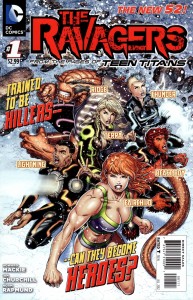 Last September, DC Comics rebooted their entire universe, with the stated purpose of making each and every one of their books accessible to readers who had never read any of their books before. It is now June, and DC Comics has released The Ravagers #1, and apparently their commitment to making books accessible to readers unfamiliar with existing continuity lasted almost exactly ten months.
Last September, DC Comics rebooted their entire universe, with the stated purpose of making each and every one of their books accessible to readers who had never read any of their books before. It is now June, and DC Comics has released The Ravagers #1, and apparently their commitment to making books accessible to readers unfamiliar with existing continuity lasted almost exactly ten months.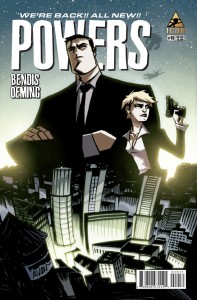
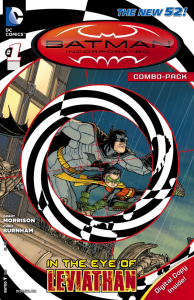

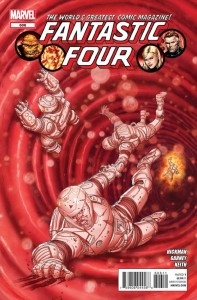
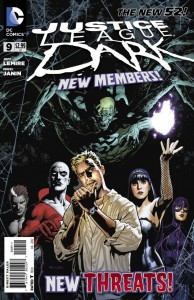
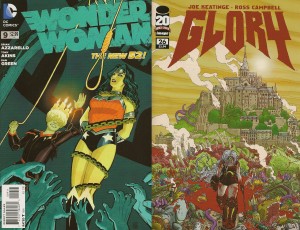
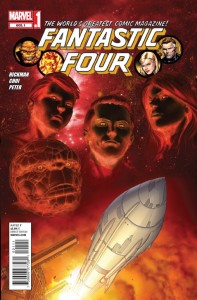
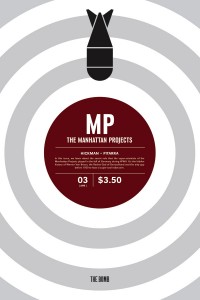
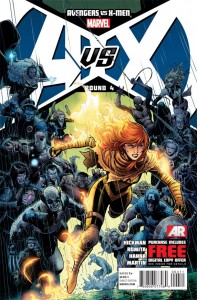
 Podcast RSS Feed
Podcast RSS Feed iTunes
iTunes Google Play
Google Play Stitcher
Stitcher TuneIn Radio
TuneIn Radio Android
Android Miro Media Player
Miro Media Player Comics Podcast Network
Comics Podcast Network